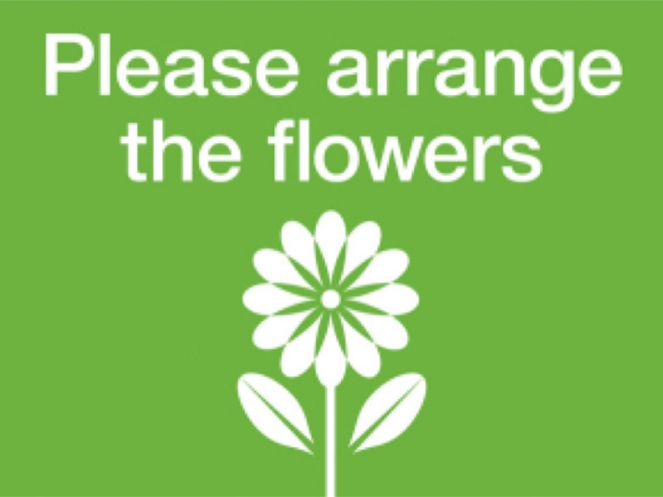
Cognitive mapping is our ability to visualise where we are in a certain space. It allows us to park, go into a store and find our car again, or find the bathroom at night without turning on the lights. People living with dementia have impaired cognitive mapping skills, so they look for cues in the environment to help them find their way. A cue is something that tells us what to expect. It gives us information that triggers the right pattern of behavior. For example, a table set with a placemat, utensils, and a napkin is a cue that lets us know a meal is about to happen. Signs can also be cues.
Discuss this with your care team:
What cues are in the environment that help people find the living room, dining room, and their bedroom?
What cues are in the environment that help people know what is happening during the day?
Discuss what cues are missing that should be added and make a list.
When creating signs follow these guidelines:
- Find out if the person was able to read prior to experiencing memory loss and make sure the person can still read before designing any written cue.
- Use a sans serif typeface. A sans serif typeface is one that does not have the small projecting hooks or tails called "serifs" at the end of strokes. Examples of sans serif typeface include the fonts Arial, Calibri, Tahoma, and Times New Roman.
- Use a capital letter at the beginning of the word followed by lowercase letters. If writing a sentence, the first word should begin with an uppercase letter, and the rest of the words should begin with a lowercase letter. Avoid text that is all capital letters, as studies have shown that people with dementia have a harder time processing text in all capitals (Dementia Services Development Centre, 2010; Hartley, 1994; Morrell & Echt, 1997).
- Colour should be used in conjunction with other environmental cues, and the information being communicated through colour should be consistent. For example, all dining room signs should be the same colour.
- Use room numbers and a distinguishing color for resident rooms and doors to enhance orientation (Lawton, Fulcomer, & Kleban, 1984).
- People over 65 indicate a preference for blue, red, and green, in that order (Reeves, 1985; Wijk-Sijbesma, 2001). The colours can be used for landmarks or the background of signs if the lettering is white.
- People with dementia indicate a preference for signs with a coloured background over signs with a white background (Brush et al., 2015).
- People with dementia indicate a preference for signs with a background of bright green compared to dark green or white, bright magenta compared to dark purple or white, and bright royal blue compared to dark navy blue or white (Brush et al., 2015).
- To emphasise signs, use brighter colours (using hue, value, and chroma) and higher contrast with the background wall (Calkins, 2002).
Archives
- « first
- ‹ previous
- 1
- 2
- 3